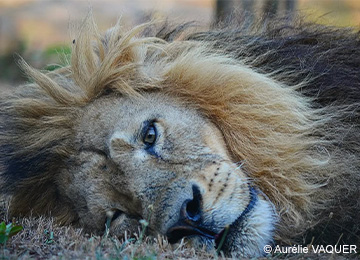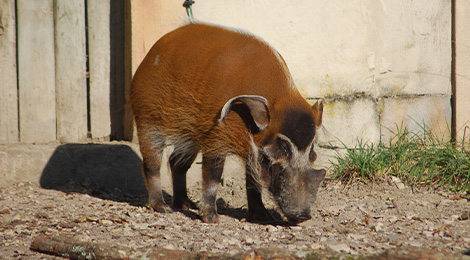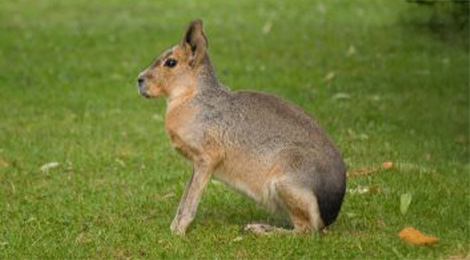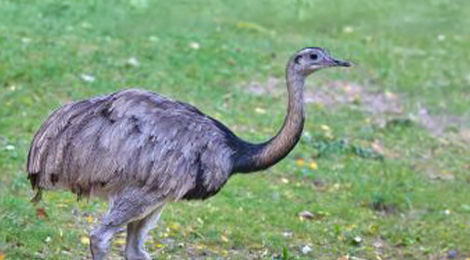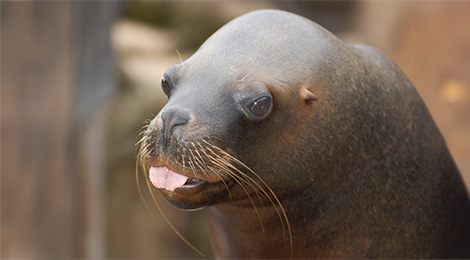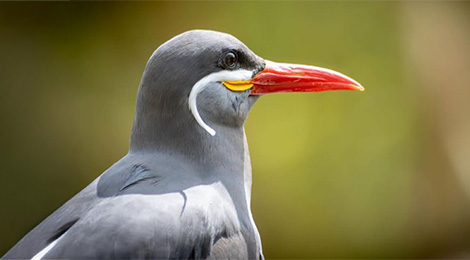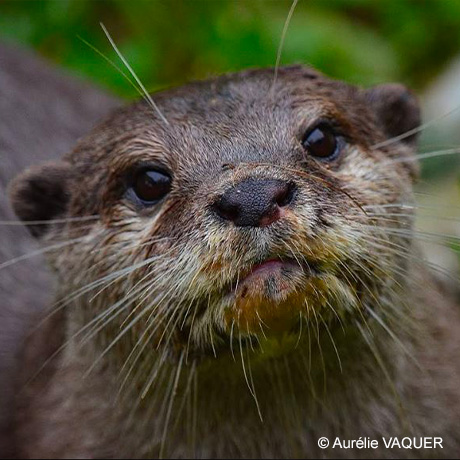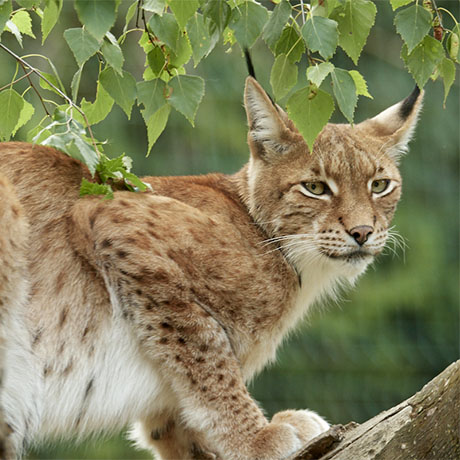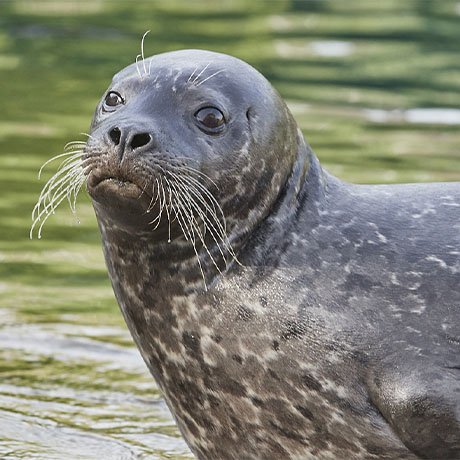A powerful animal
The Asiatic lion differs slightly from its African relative. Its head is less bulky and its mane less dense, especially on the top of its head. When it hunts, it uses its power to leap on its prey. It can pursue its prey over a distance of a few dozen metres, reaching a top speed of 60 km/h. However, not many of its attacks end in a successful kill: its prey has an 80% chance of escape. It therefore often hunts in groups, usually the females.
Asiatic lions are only found on the Gir sanctuary in India.
The Asiatic lion uses its roar to mark the limits of its territory: it can be heard over a distance of around 10 km. It also signals its presence to potential rivals with splashes of urine. Lions live in groups of around 10, comprising one dominant male and several females. Males sometimes accept the presence of a brother.
-
HabitatForest, Gir wildlife sanctuary.
-
Food
Cervids and small mammals.

The Asiatic lion is a highly endangered species. No more than 200 to 300 animals remain in the wild, all of them on the Gir sanctuary in India. As a result, when in captivity, like here at Le PAL, they are closely monitored and are the subject of breeding programmes.
A zoological reserve populated by Asian elephants, giraffes, lions, tigers, hippos, chimpanzees, gibbons, wolves, ostriches ... Animals evolving in their reconstituted natural environment, to discover as a family.
All animals
-
![]() African penguin Discover animal
African penguin Discover animal -
![]() Potamochoerus Discover animal
Potamochoerus Discover animal -
![]() Mara Discover animal
Mara Discover animal -
![]() Rhea Discover animal
Rhea Discover animal -
![]() South American sea lion Discover animal
South American sea lion Discover animal -
![]() Inca tern Discover animal
Inca tern Discover animal -
![]() Oriental small-clawed otter Discover animal
Oriental small-clawed otter Discover animal -
![Gros plan sur un Lynx d'Europe au zoo Le PAL]() Eurasian lynx Discover animal
Eurasian lynx Discover animal -
![Gros plan sur la tête d'un phoque veau marin au parc animalier Le PAL]() Harbour seal Discover animal
Harbour seal Discover animal



